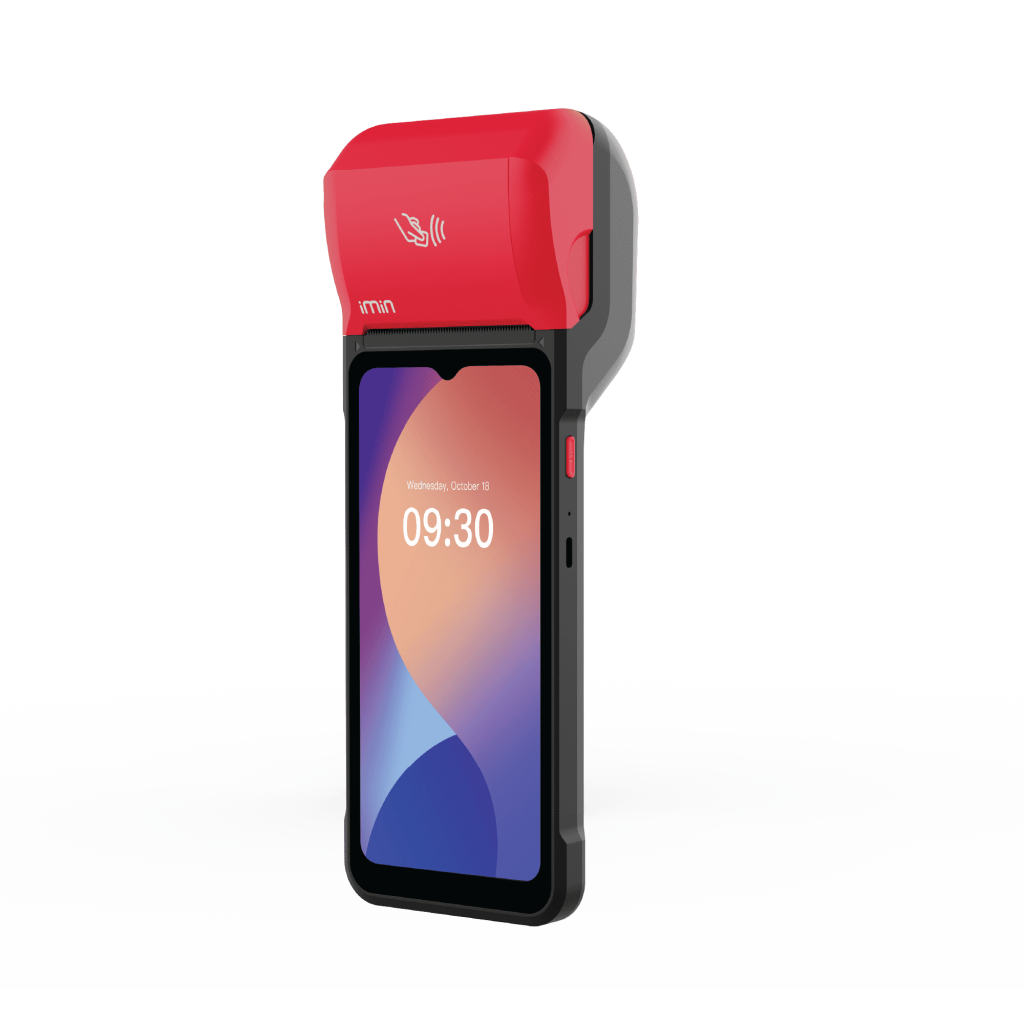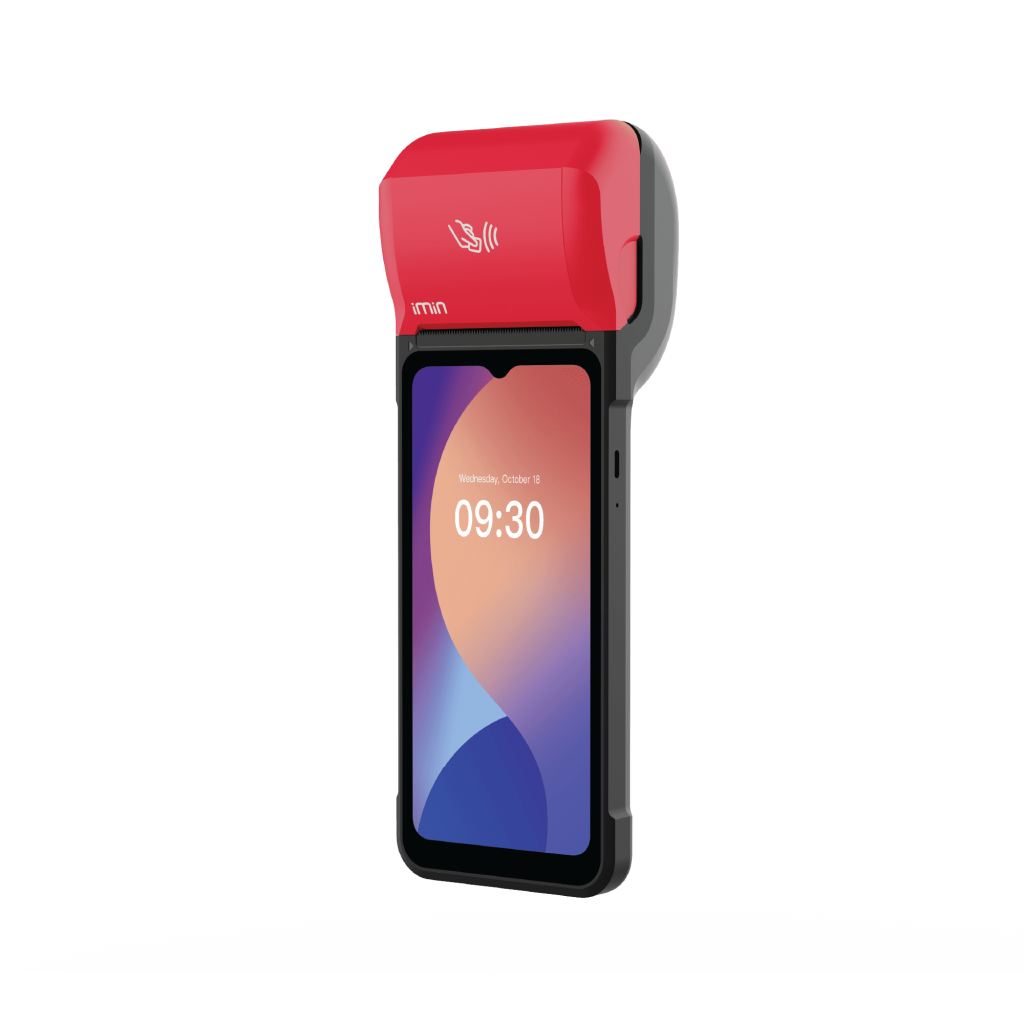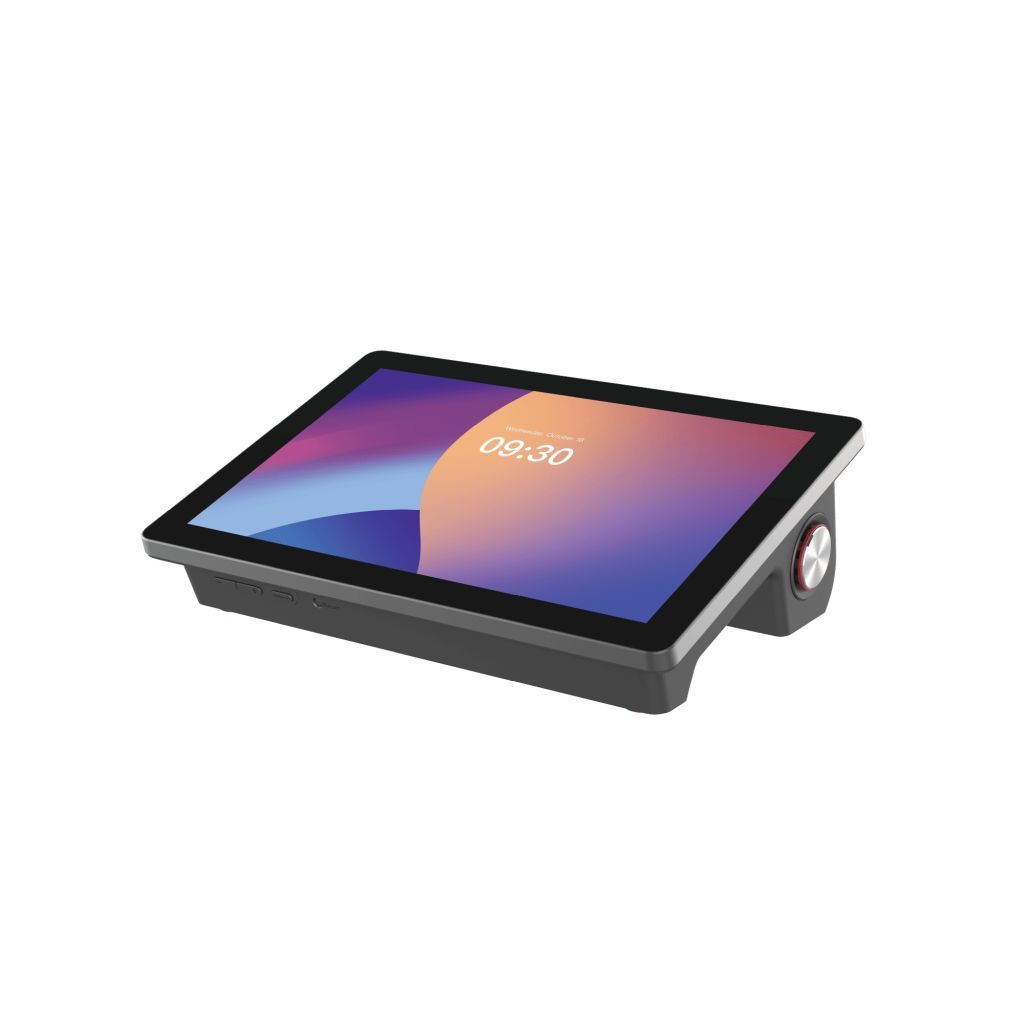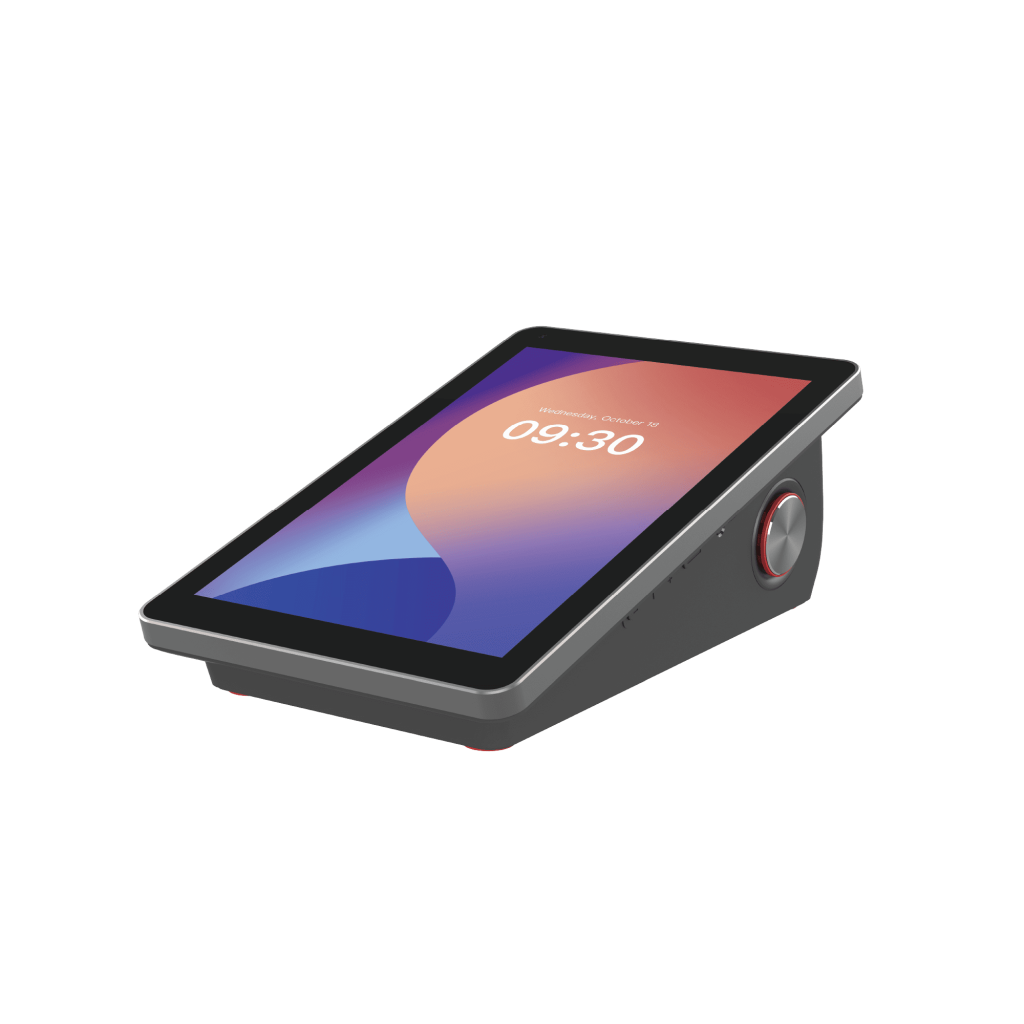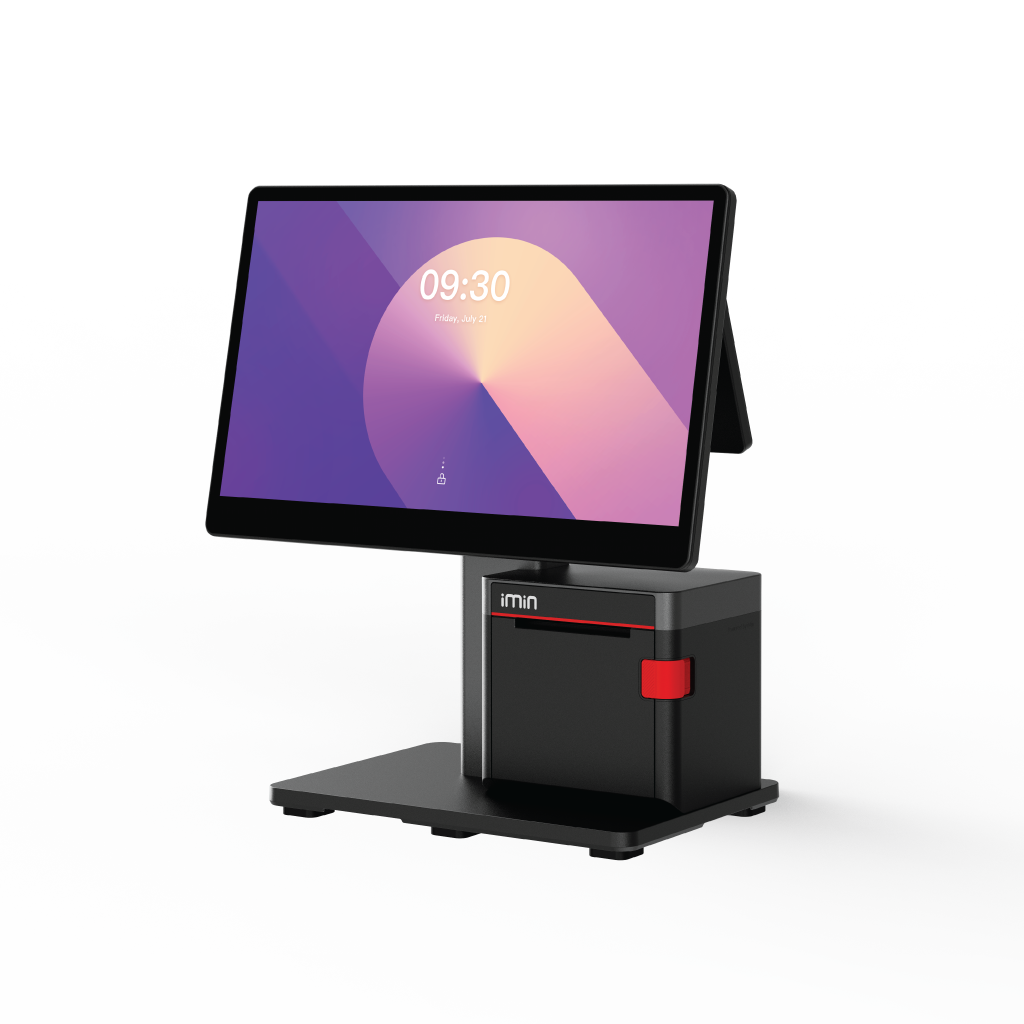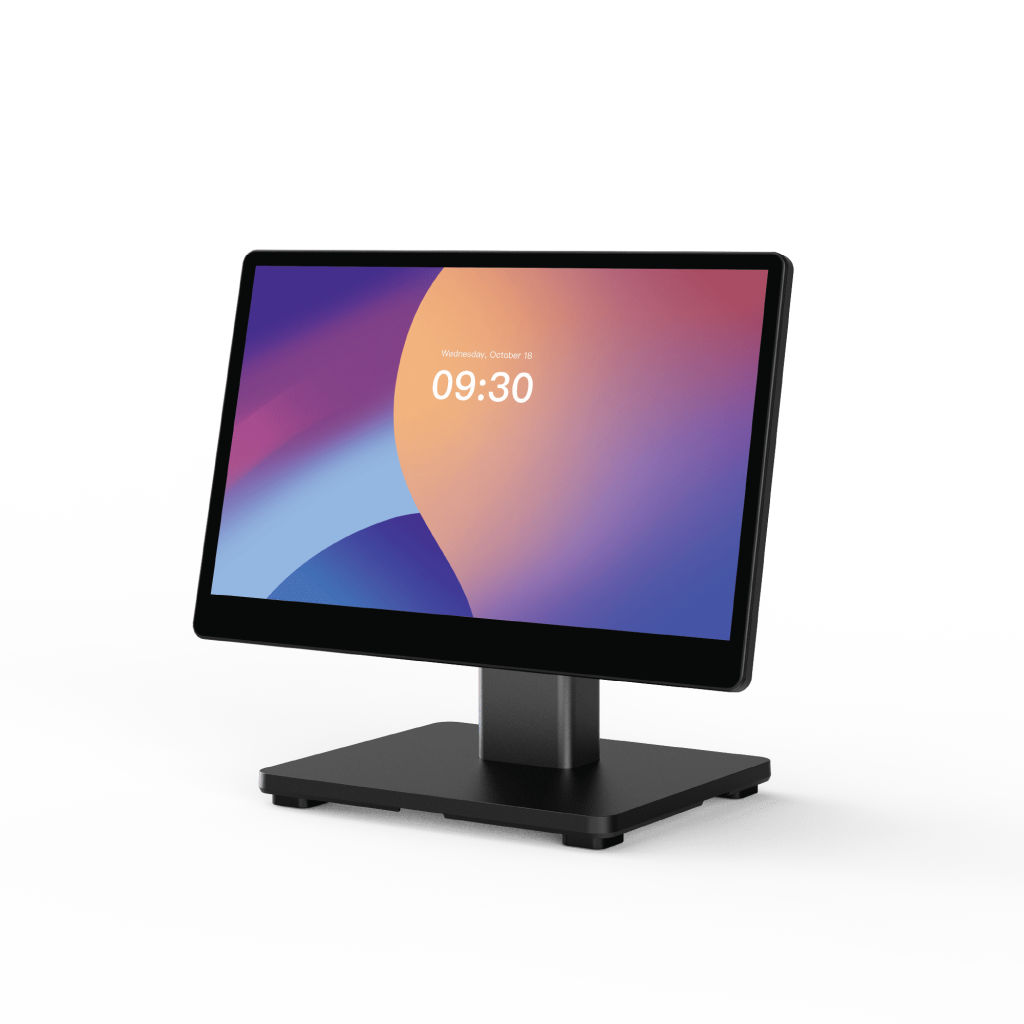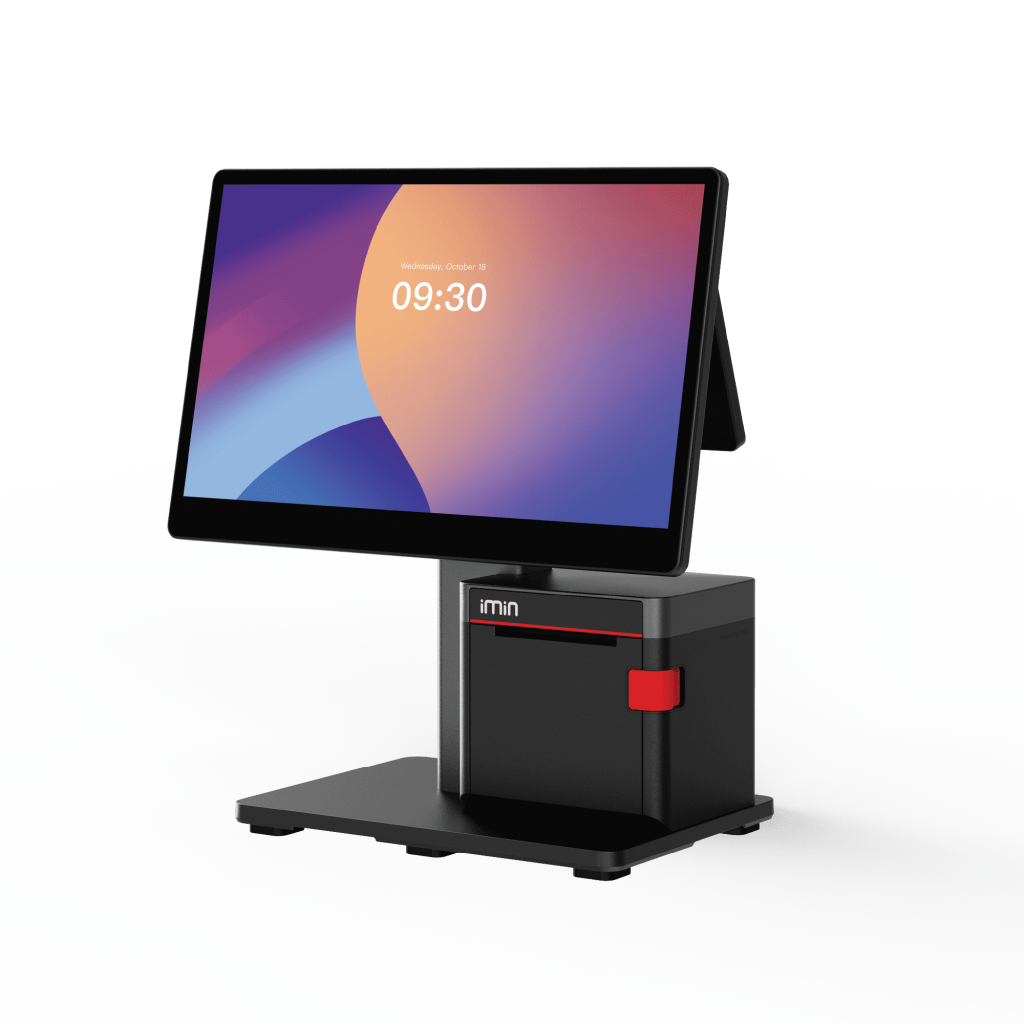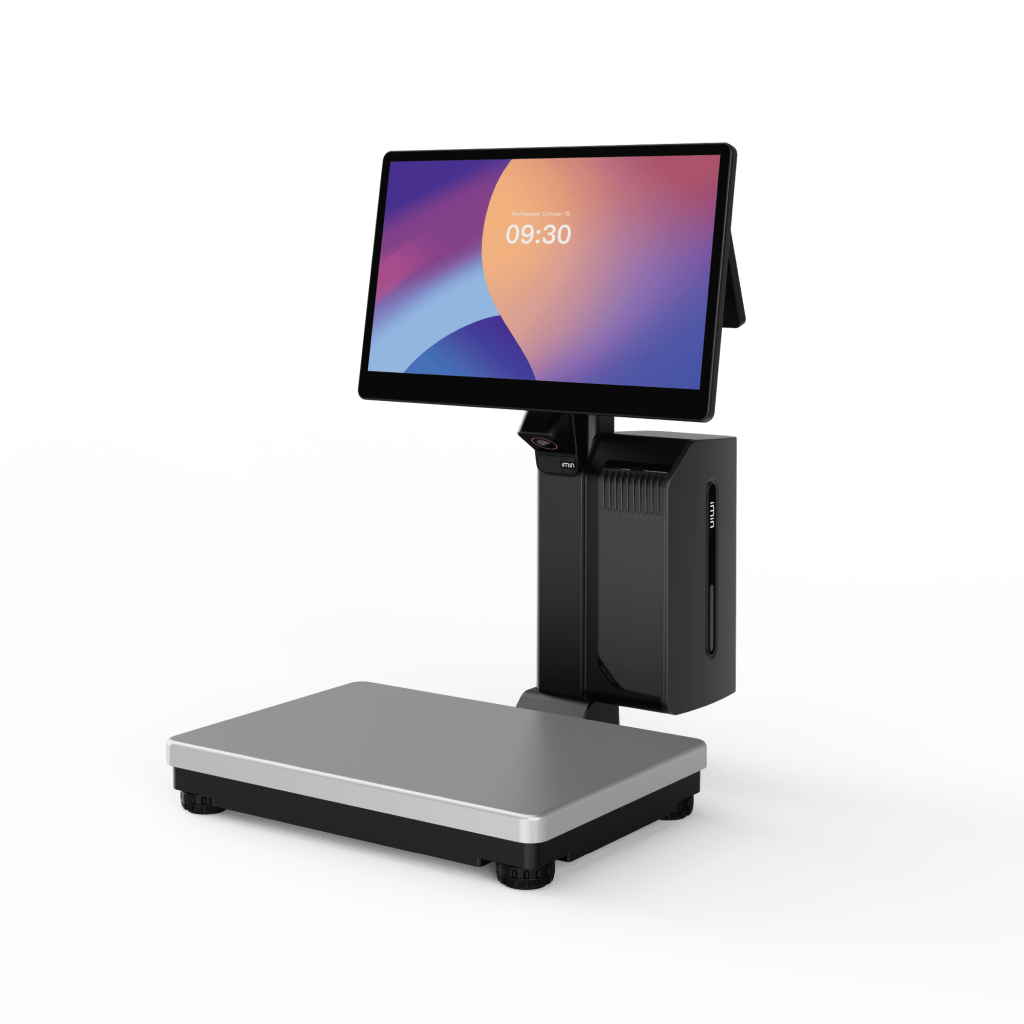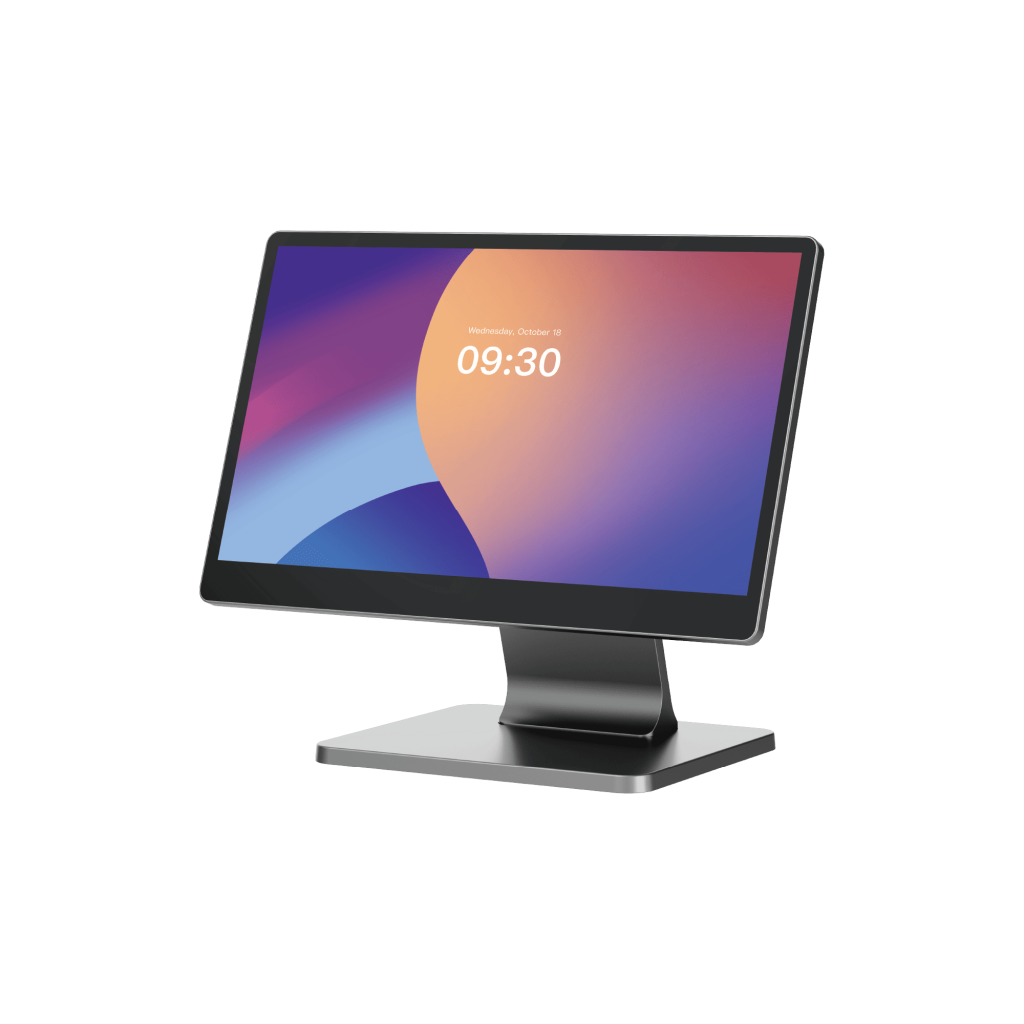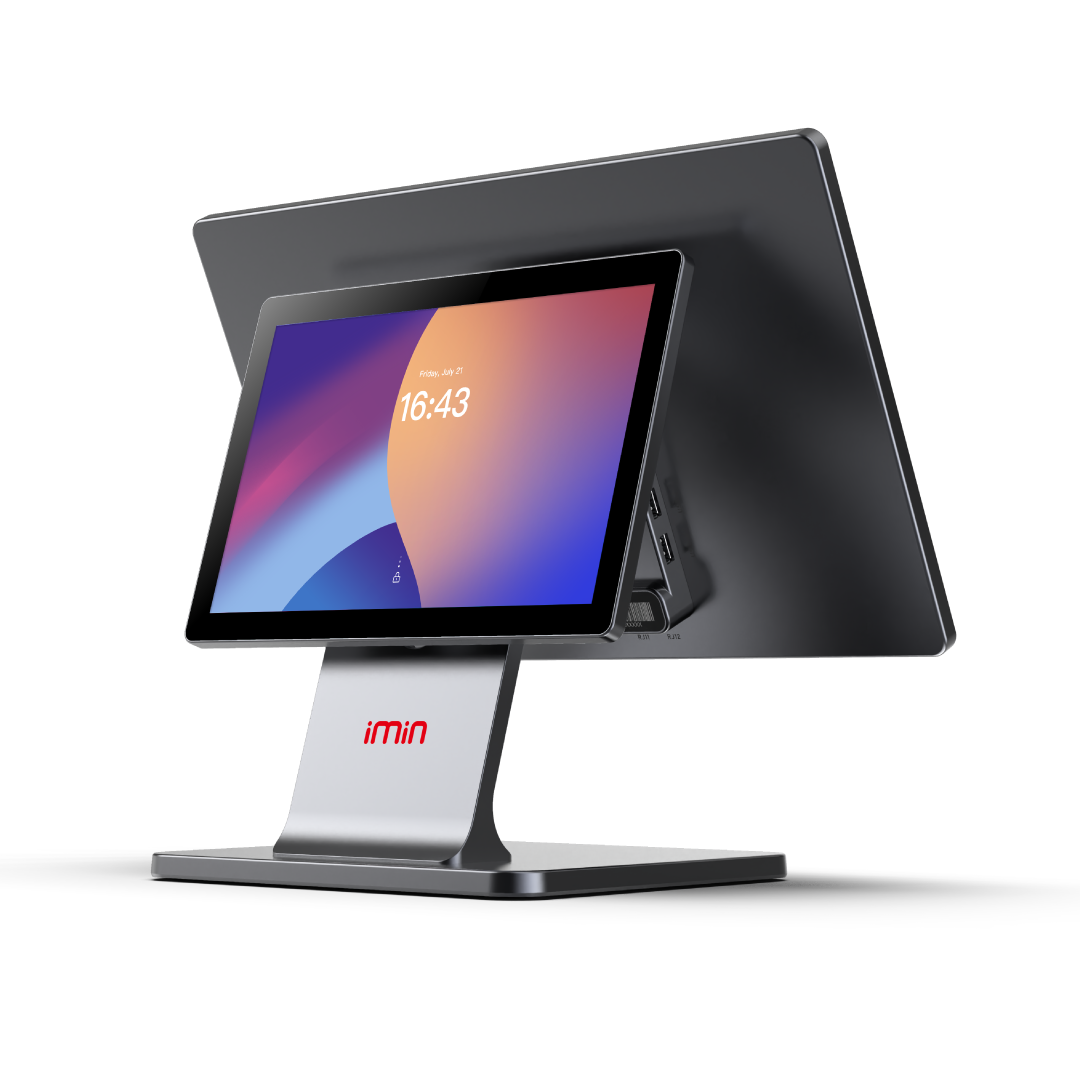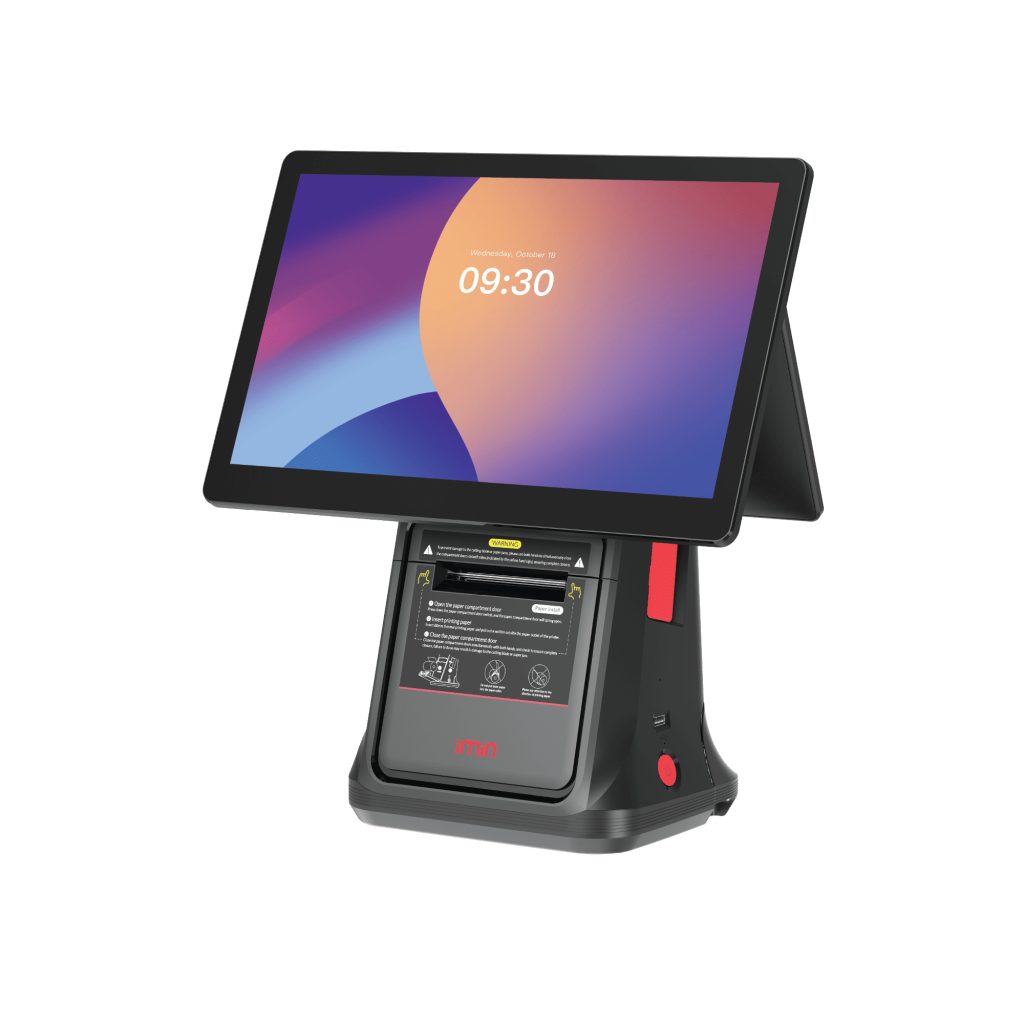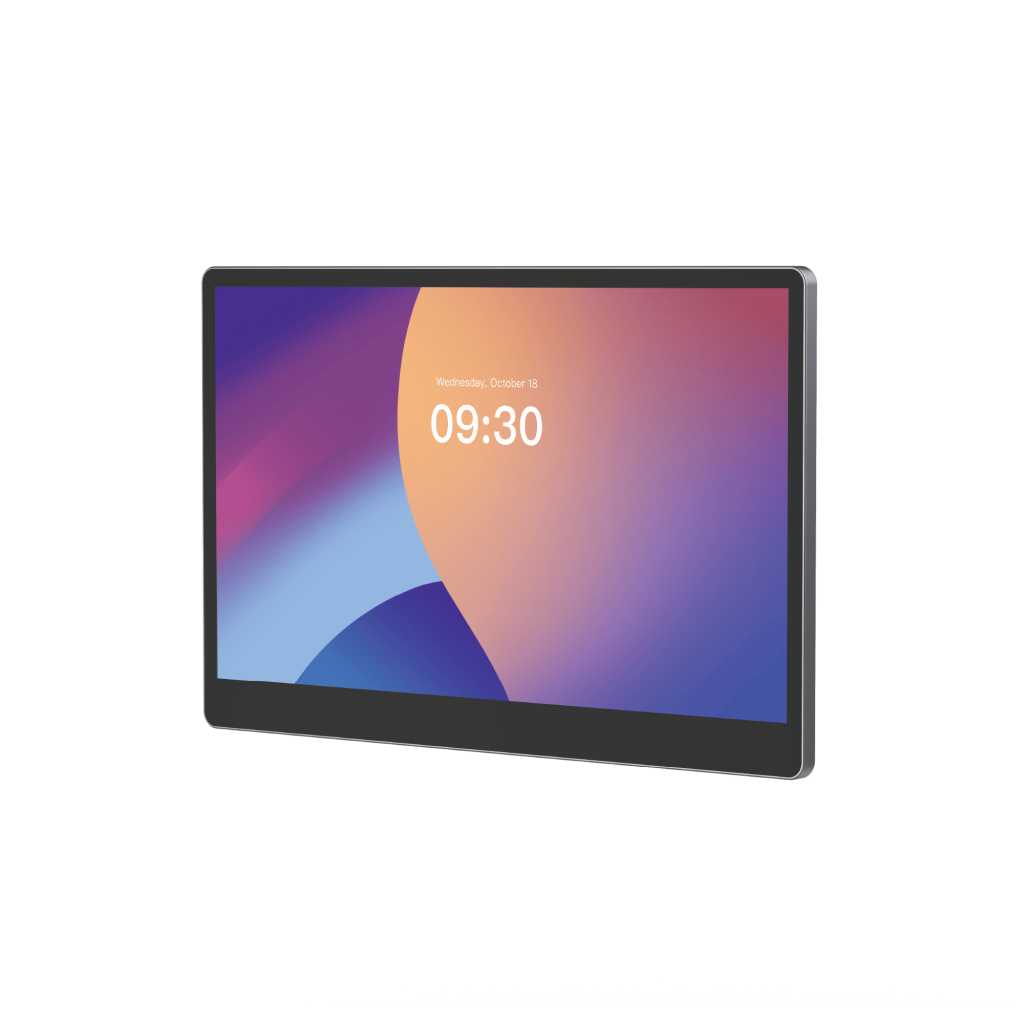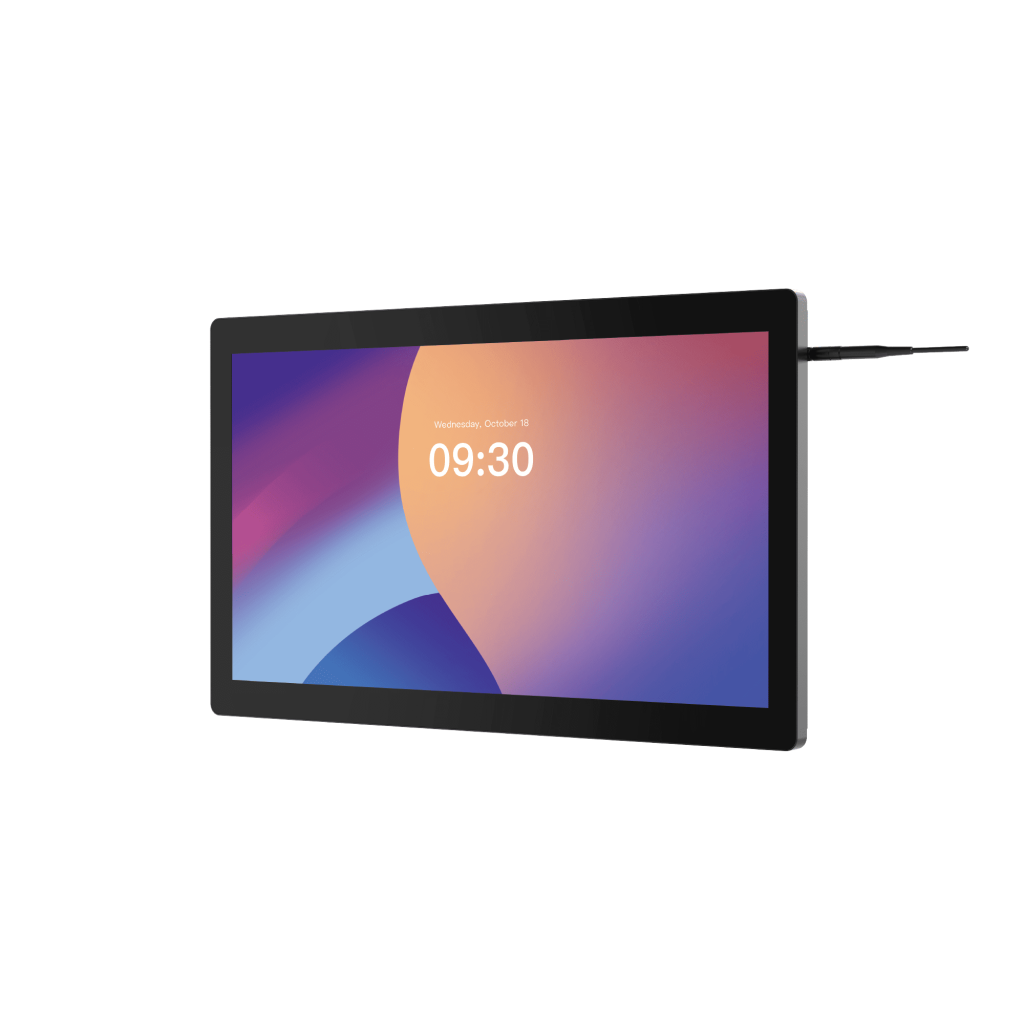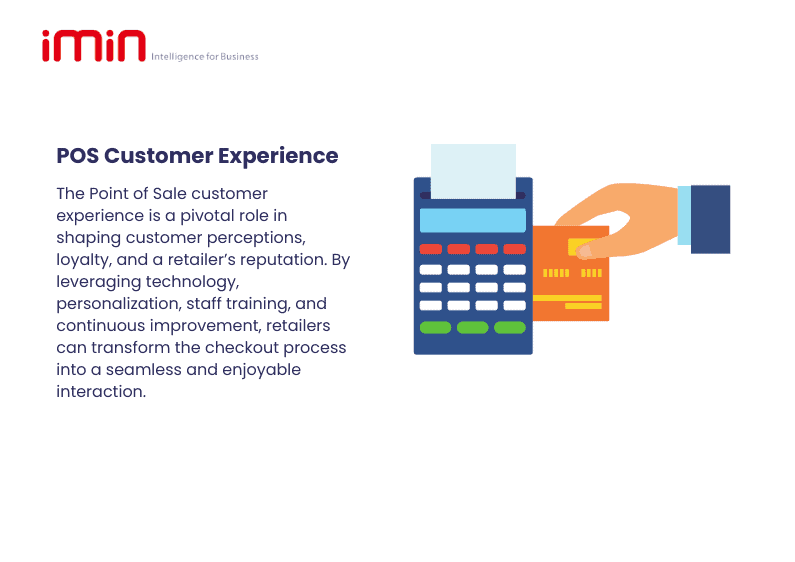Subscribe to newsletter
Check out our POS product lineup
POS Customer Experience
In the rapidly evolving landscape of retail, the Point of Sale (POS) has emerged as a pivotal touchpoint for customer interaction. The POS customer experience encompasses every interaction a customer has from the moment they approach the checkout counter to the final transaction. It plays a vital role in shaping customer perceptions, loyalty, and ultimately, a retailer’s bottom line. This article delves into the significance and benefits of POS customer experience and explores strategies to enhance it, emphasizing the fusion of technology and personalized service.
The Significance of POS Customer Experience
1. Lasting Impressions Matter:
The POS is often the last point of contact between the customer and the retailer, making it a pivotal moment to leave a positive customer experience. A seamless and pleasant checkout experience can leave customers with a sense of satisfaction and encourage them to become regular customers.
2. Customer Loyalty and Retention:
A positive POS experience builds customer trust and loyalty. When customers feel valued and their time is respected, they are more likely to return. According to studies, increasing customer retention by even 5% can increase profits by 25% to 95%. Loyal customers are also likelier to spend more money on each visit.
3. Word of Mouth and Reputation:
Satisfied customers are likely to share their positive experiences with friends and family. Conversely, a poor POS experience can lead to negative word-of-mouth, potentially damaging a retailer’s reputation.
4. Competitive Advantage and Differentiation:
In the highly competitive retail industry, offering an exceptional POS experience sets a retailer apart from its competitors. A smooth, efficient, and personalized checkout process becomes a unique selling point. It becomes a factor that customers remember and are more likely to share with others. This differentiation can be a powerful tool in attracting and retaining customers in a crowded marketplace. Additionally, it can contribute to building a brand reputation for excellence and customer-centricity.
5. Facilitating Upselling and Cross-Selling Opportunities:
A well-designed POS system can provide opportunities for suggestive selling. Through intelligent prompts or displays, staff can recommend complementary products or upgrades to customers. Developing customer profiles and purchase histories not only increases the average transaction value but also enhances the overall shopping experience by helping customers discover additional items that align with needs and customer preferences. This personalized approach can lead to increased customer satisfaction and loyalty.
Enhancing the POS Customer Experience
1. Seamless Technology Integration:
The integration of cutting-edge technology is the cornerstone of modern POS systems. Implementing user-friendly interfaces, contactless payment options, and efficient inventory management not only expedites the checkout process but also enhances the overall shopping experience.
2. Personalization and Customer Recognition:
Utilizing customer data and modern CRM (Customer Relationship Management) systems, retailers can recognize and appreciate their loyal patrons. Greeting customers by name and offering tailored promotions or recommendations can go a long way in making them feel valued.
3. Staff Training and Empowerment:
Well-trained and empowered staff are invaluable assets in delivering exceptional customer experiences. Staff should be proficient in operating POS systems, knowledgeable about the products, and equipped to handle various customer inquiries or requests.
4. Queue Management:
Long lines and wait times are detrimental to the customer experience. Implementing efficient queue management strategies, such as mobile checkouts or self-service kiosks, can drastically reduce wait times and improve customer satisfaction.
5. Feedback Loops and Continuous Improvement:
Soliciting customer feedback and acting upon it is vital in refining the POS experience. Retailers should create channels for customers to express their opinions, and use this information to make necessary adjustments and enhancements to prevent bad experiences.
6. Security and Trust:
With the rise of cyber threats, ensuring the security of customer data is paramount. Retailers must invest in robust security measures to safeguard sensitive information, fostering trust between the customer and the brand.
Case Studies: Exemplary POS Customer Experiences
Apple: Streamlined Transactions and Personalized Service:
Apple’s physical stores exemplify an exceptional POS experience. Their staff utilizes mobile devices to complete transactions, allowing for a seamless customer experience and efficient checkout process. Moreover, they offer personalized assistance, creating a unique and memorable customer interaction. Such aspects of shopping are often overlooked, so the level of service and commitment to quality makes Apple’s checkout experience stand out.

Amazon Go: Revolutionizing the Checkout Experience:
Amazon Go stores have redefined the POS experience by eliminating traditional checkout lines altogether. Utilizing an array of sensors and AI technology, customers can simply walk in, pick up their items, and leave, with their purchases automatically charged to their Amazon account. With such an advanced level of convenience, loyal shoppers are sure to be developed.

In conclusion, the Point of Sale customer experience is a pivotal role in shaping customer perceptions, loyalty, and a retailer’s reputation. By leveraging technology, personalization, staff training, and continuous improvement, retailers can transform the checkout process into a seamless and enjoyable interaction. Exemplary brands like Apple and Amazon have demonstrated the power of innovation in creating unparalleled POS experiences. Ultimately, business owners need to focus on enhancing the POS customer experience represents a paradigm shift in retail, driving customer satisfaction and fostering long-term success.
